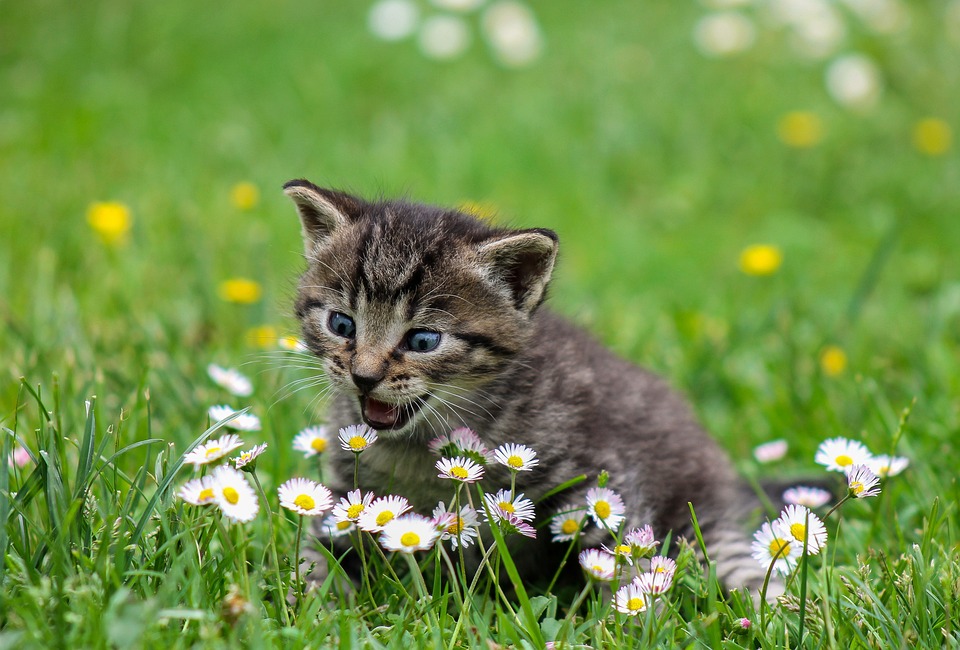Playtime is an essential part of a child’s development, allowing them to explore, learn, and have fun. However, as a parent, it can sometimes be challenging to understand what your child’s behavior during playtime signifies. In this article, we will explore the various playtime cues and behaviors exhibited by children, helping you gain valuable insights into their needs and emotions.
Types of Playtime Cues
Behavioral Cues:
1. Engaged and Focused Behavior: This behavior is characterized by signs of curiosity and interest, active participation in play activities, and responsive and cooperative behavior.
2. Distracted Behavior: Children displaying distracted behavior may have difficulty staying focused or attentive. They may frequently interrupt or shift between activities, making it challenging for them to stay engaged.
3. Aggressive or Disruptive Behavior: This behavior includes physical aggression towards objects or other children, verbal aggression such as shouting or name-calling, and disregard for rules and boundaries.
4. Withdrawn or Reserved Behavior: Children exhibiting withdrawn or reserved behavior may have limited interaction with others, prefer solitary activities, and show a lack of enthusiasm or interest in play.
Verbal Cues:
1. Communicative Language: Children using communicative language during playtime express their needs, desires, and thoughts clearly through words.
2. Non-communicative Language: Some children may struggle to communicate their needs effectively, leading to frustration or difficulty in expressing themselves.
3. Tone and Pitch of Voice: The tone and pitch of a child’s voice can provide important cues about their emotions. For example, a higher-pitched voice may indicate excitement or joy, while a lower-pitched voice may suggest frustration or sadness.
Decoding Playtime Behavior
Understanding your child’s playtime behavior is crucial for addressing their needs effectively. Here are some insights into each type of behavior:
Engaged and Focused Behavior:
Children displaying engaged and focused behavior show signs of curiosity, interest, and active participation in play activities. They are responsive and cooperative, making the most out of their playtime experiences.
Distracted Behavior:
Children who exhibit distracted behavior may have difficulty staying focused or attentive. They may frequently shift between activities, struggle to concentrate, and show signs of restlessness.
Aggressive or Disruptive Behavior:
Aggressive or disruptive behavior can manifest as physical aggression towards objects or other children, verbal aggression such as shouting or name-calling, and a disregard for rules and boundaries.
Withdrawn or Reserved Behavior:
Children displaying withdrawn or reserved behavior may have limited interaction with others, prefer solitary activities, and show a lack of enthusiasm or interest in play.
Understanding Your Child’s Needs
Each child has unique emotional, cognitive, and social needs. By understanding your child’s playtime cues, you can effectively respond to their needs and promote their development. Here are some insights into each type of need:
Emotional Needs:
Identify signs of frustration, anger, or sadness during playtime. Provide comfort and reassurance, and encourage healthy emotional expression.
Cognitive Needs:
Recognize signs of boredom or overstimulation. Introduce new challenges and activities to keep your child engaged and promote problem-solving and critical thinking skills.
Social Needs:
Observe your child’s interactions with peers and address any issues of shyness or aggression. Encourage cooperative play and empathy to enhance their social skills.
Frequently Asked Questions (FAQs)
To further enhance your understanding of playtime cues, here are some common questions and answers:
Q1. What should I do if my child displays aggressive behavior during playtime?
A1. Address the behavior calmly and firmly, teaching your child appropriate ways to express their emotions and resolve conflicts.
Q2. How can I help my child stay engaged and focused during playtime?
A2. Provide age-appropriate and stimulating activities, set clear expectations, and offer support and guidance when needed.
Q3. Is it normal for my child to prefer solitary play?
A3. Yes, it is normal for children to engage in solitary play at times. However, it is essential to encourage social interaction and provide opportunities for cooperative play.
Q4. What are some strategies to enhance my child’s social skills during playtime?
A4. Facilitate playdates, encourage sharing and turn-taking, and model positive social behaviors for your child to imitate.
Q5. How can I create a safe and stimulating play environment for my child?
A5. Ensure that the play area is childproofed, offer a variety of age-appropriate toys and activities, and provide opportunities for both independent and interactive play.
Conclusion
Understanding and decoding your child’s playtime cues is crucial for responding to their needs, promoting their development, and building a stronger parent-child bond. Remember, every child is unique, and paying attention to their behavior during playtime can provide valuable insights into their emotions, needs, and the ways in which you can support their growth. Enjoy the journey of parenthood and the magical world of play!








